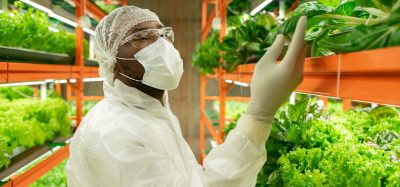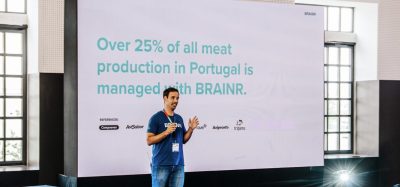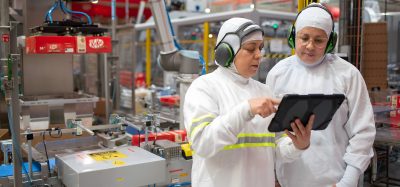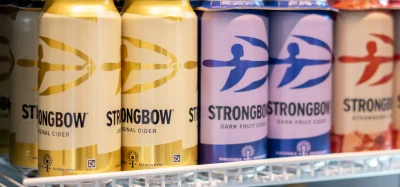Food delivery just got smarter with temperature-controlled robots
Posted: 14 May 2025 | Ben Cornwell | No comments yet
Australian students unveil ‘Ari’, a self-driving food delivery robot with heated and cooled compartments to optimise temperature control.
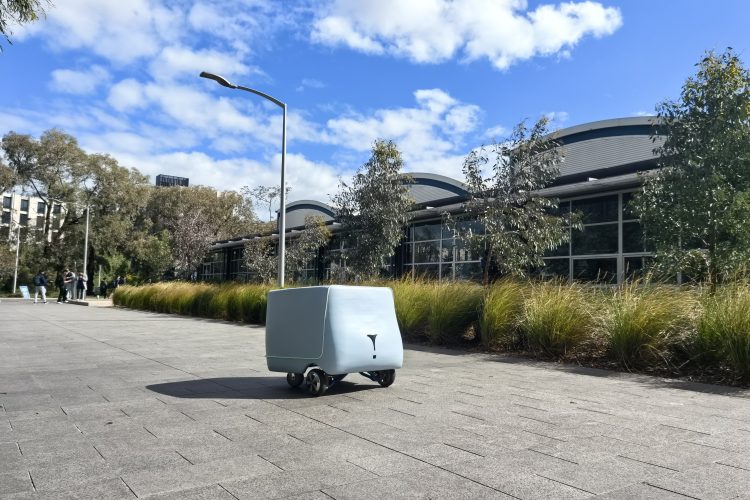

Credit: Monash University
An Australian-built autonomous food delivery robot capable of keeping meals hot and desserts frozen has begun operating on Monash University’s Clayton campus.
Developed by final-year engineering students from the Monash Connected Autonomous Vehicle (CAV) team, the robot, nicknamed Ari, represents what may be a “world-first” in temperature-controlled food delivery technology. It features separate heated and chilled compartments, enabling it to carry multiple items at ideal serving temperatures.
“We wanted to create something affordable and practical that anyone could use, whether it’s a student on campus, a retailer in a busy shopping centre or a restaurateur,” said student engineer John Bui, one of the robot’s creators.
Highly advanced technology
The one-metre tall robot – developed by students Jason Angus, Shray Bagga, Dylan Gonzalez, Linal Wekadapola, John Bui – operates at 6 km/h and navigates using a network of camera-like sensors set up around a delivery zone. Ari does not require constant internet connectivity, instead using localised communication with its environment to safely reach its destination. Orders are loaded by staff at a vendor location and the robot autonomously makes its way to the customer via pedestrian-friendly routes.
Unlike traditional delivery bots, Ari includes four lockable roller doors and a larger cargo capacity. Its interchangeable compartments allow for simultaneous delivery of hot and cold items, a key innovation in robotic last-mile food delivery.
“It’s incredibly low cost and scalable design makes it a realistic solution in the use of highly advanced technology that could transform how restaurants, grocery stores, and local businesses deliver food and other items,” said Bui.
Future of food delivery
Currently trialling food delivery with items such as burgers and burritos on the university campus, the team is now eyeing broader commercial applications. Future iterations are expected to include autonomous charging capabilities and extend beyond food to industries like pharmaceuticals, industrial logistics and event catering.
As labour shortages and cost pressures reshape the hospitality and delivery sectors, robotic solutions like Ari could provide timely, efficient alternatives – particularly in controlled, high-density environments like shopping centres, universities and hospitals.
The team hopes their innovation will lead the next generation of smart, scalable food delivery systems.
This robot we’ve invented from scratch has brought us a step closer to the future of on-demand food delivery in Australia.”



